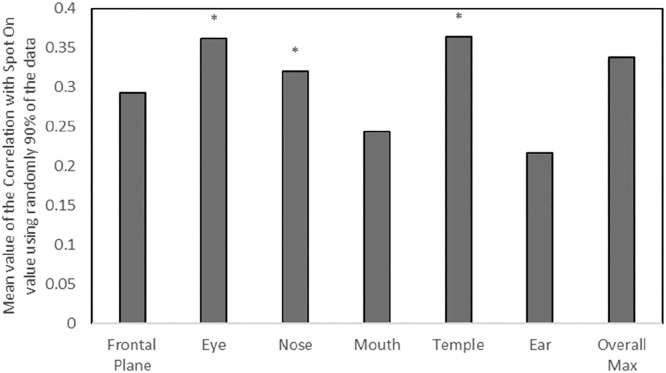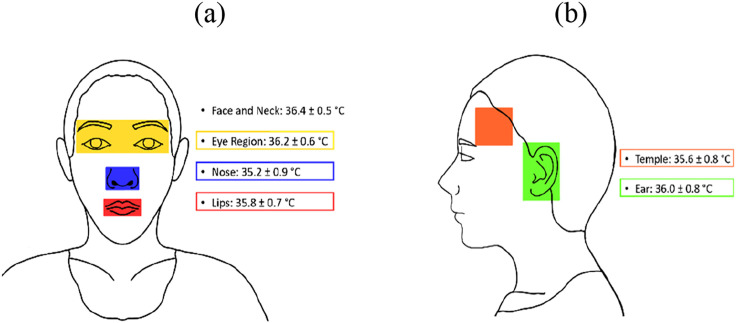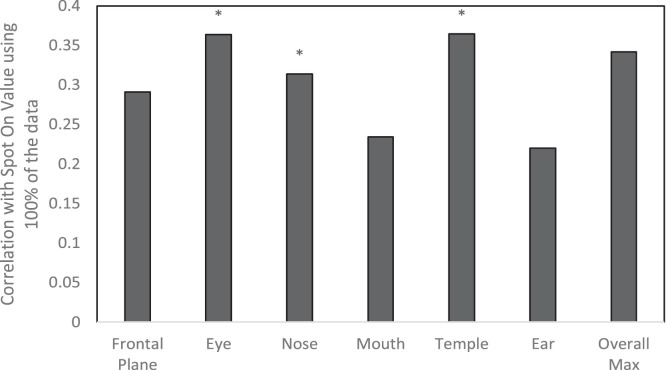Regression model for predicting core body temperature in infrared thermal mass screening
Abstract
With fever being one of the most prominent symptoms of COVID-19, the implementation of fever screening has become commonplace around the world to help mitigate the spread of the virus. Non-contact methods of temperature screening, such as infrared (IR) forehead thermometers and thermal cameras, benefit by minimizing infection risk. However, the IR temperature measurements may not be reliably correlated with actual core body temperatures. This study proposed a trained model prediction using IR-measured facial feature temperatures to predict core body temperatures comparable to an FDA-approved product. The reference core body temperatures were measured by a commercially available temperature monitoring system. Optimal inputs and training models were selected by the correlation between predicted and reference core body temperature. Five regression models were tested during the study. The linear regression model showed the lowest minimum-root-mean-square error (RSME) compared with reference temperatures. The temple and nose region of interest (ROI) were identified as optimal inputs. This study suggests that IR temperature data could provide comparatively accurate core body temperature prediction for rapid mass screening of potential COVID cases using the linear regression model. Using linear regression modeling, the non-contact temperature measurement could be comparable to the SpotOn system with a mean SD of ± 0.285 °C and MAE of 0.240 °C.




 求助内容:
求助内容: 应助结果提醒方式:
应助结果提醒方式:


